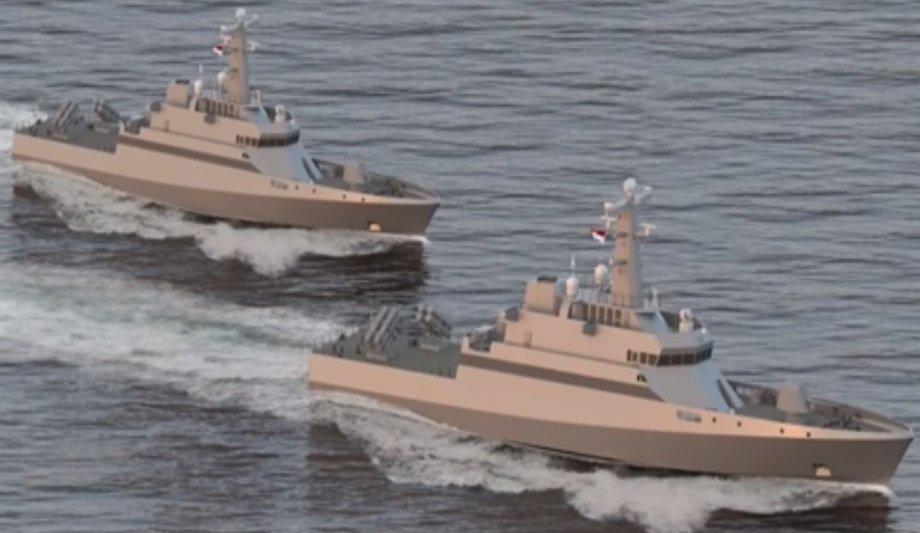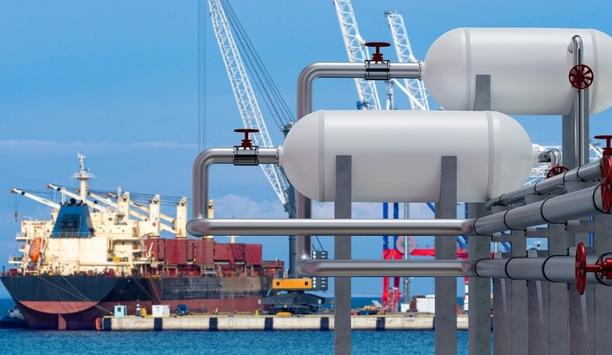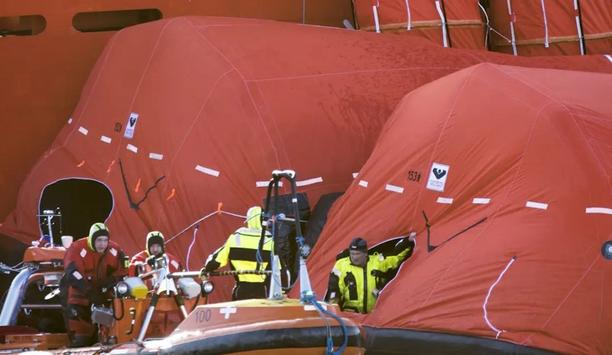Kongsberg Maritime has secured a contract to supply advanced propulsion and manoeuvring technology for two new KCR-70 Fast Attack Crafts for the Indonesian Navy. These vessels are currently under construction at the Sefine Shipyard in Türkiye.
Equipment package
The Kongsberg Maritime equipment package includes an innovative propulsion system that combines twin controllable pitch propeller (CPP) Promas systems for high efficiency at patrol speeds with a single Kamewa waterjet to provide boost power for high-speed operation.
This configuration optimises propulsion power, speed, and manoeuvrability, ensuring superior performance and efficiency for these new crafts.
Combined Diesel and Gas Turbine propulsion
The use of twin Promas CPP for main propulsion, at speeds over 40 knots when the waterjet is used for boost power
The vessels will have Combined Diesel and Gas Turbine (CODAG) propulsion. This comprises twin diesel engines and a centrally positioned, 23-megawatt gas turbine to directly drive the 160-centimetre diameter waterjet, which is capable of discharging more than 30 cubic metres of water per second.
The use of twin Promas CPP for main propulsion, at speeds over 40 knots when the waterjet is used for boost power, is an innovative approach. Kongsberg Maritime carried out an extensive hydrodynamic analysis to integrate the hull form and two different types of propulsor into one system that offers enhanced manoeuvrability, speed, and efficiency.
KCR-70-fast attack craft
The KCR-70, based on Sefine Shipyard’s FACM-70 design, is a 70-metre fast attack craft designed for a variety of missions, including intelligence, surveillance, and reconnaissance (ISR) operations, anti-surface warfare, and anti-air warfare.
Displacing 850 tonnes, the KCR-70 is capable of reaching speeds over 40 knots. With a range of 1,600 nautical miles and an endurance of seven days, these vessels are well-equipped to perform extended missions in diverse operational environments.










